At the heart of our success lies a self-developed, next-generation tunnel boring machine — modular, powerful, and engineered by us, a team of students from the Technical University of Munich. It was built to perform reliably across a wide range of geological conditions. This machine formed the foundation of our record-breaking performance and guided every decision we made along the way.
Building on the experience we gained during our participation in the 2023 Not-a-Boring Competition, we refined and expanded our ideas to create this record-breaking machine.
From Concept to Record-Breaking Machine: The TUM Boring 2024 Project
The main challenge of the Not-a-Boring Competition, organized by The Boring Company, was clear: bore a 30-meter tunnel as fast as possible. For us at TUM Boring, this meant combining high performance with maximum versatility. We focused on three key design priorities:
- Increased torque at the cutting head
- Extended maximum tunnel length
- Adaptability to a range of geological scenarios
Although the competition rules offered plenty of design freedom, teams had to meet strict safety requirements and work within infrastructure constraints. Based on local soil samples, we expected sticky clay — and designed a foam-based anti-adhesion system within the cutter head. But once on site, we faced a much harder soil, which unexpectedly slowed progress, underscoring the importance of adaptability.

Precision Engineering: From Fluid Mechanics to Finite Element Analysis
One of the most complex subsystems was the rotary union in the ground conditioning system. This component had to transfer foam from the non-rotating to the rotating part of the machine — right into the cutter head — requiring extremely tight tolerances and high surface finish quality.
We used Autodesk Fusion to design the entire machine — leveraging its cloud collaboration features for real-time teamwork. Our engineering workflow included:
- A structured requirements-definition phase
- Multiple concept iterations, evaluated via decision matrices
- 3D-printed prototypes to physically validate concepts
- FEM and CFD simulations to assess mechanical and fluid performance
The entire design, manufacturing, and assembly process was optimized to fit our tight timeline. We designed and ordered the components with the longest delivery times first, though some parts still arrived close to or after our deadlines. Overall, we used as many standardized parts as possible to benefit from their lower cost and shorter delivery times. The custom-made CNC parts were mostly manufactured with external partners due to their large volume and size, while parts with very low complexity and urgent deadlines were produced in-house on our own milling or turning machines.
Although we didn’t end up needing it before the competition this time, having Xometry as a strategic fallback for unplanned parts or urgent design changes gave us peace of mind. Knowing we had an “ace up the sleeve” — ready to deliver precise CNC parts quickly when time and flexibility became critical — allowed us to stay focused and confident. Looking ahead, we plan to rely on this rapid manufacturing approach even more in future development cycles.
The assembly process — similar to our design approach — followed a “divide & conquer” strategy: assembling different subsystems separately before integrating them into the overall machine. The same principle guided our testing phase: each subsystem was tested individually, then combined with others, and finally the entire machine with all its subsystems was brought to life.
Victory, Milestones, and What’s Next
The most rewarding moment came when we realized we had not only won — but also set a new tunnel length record. The previous record stood at around 20 meters, and we surpassed it by drilling 22.5 meters. While our machine was designed to go much farther, the unexpectedly hard geology at the competition site threw a spanner in the works — making the achievement all the more meaningful. It was a powerful milestone that crowned over a year of intense preparation, engineering sprints, and countless hours of teamwork.
And it doesn’t stop there: the next competition has already been announced for 2026. A new TUM Boring team is assembling to push the limits even further — with a new machine, fresh ideas, and even higher goals.
Engineering Education Beyond the Classroom
The lessons we learned go far beyond mechanics. We reflect on three key takeaways: people are the ultimate success factor — both the team and its supporters; divide and conquer: breaking the project into subsystems prevents chaos and enables parallel innovation; and industry partners like Xometry are strategic enablers, not just suppliers.
Great ideas attract great allies — clear communication of technical innovation inspires support. A tunnel boring machine is never a solo effort; it’s the result of engineering excellence, team spirit, and trusted partners who show up when it counts.
From first sketches to final results, each project leaves us with lessons and stories to tell. What has your most challenging project taught you? Share it with us in the comments.
Manufacturing stories & cases
Share your engineering or manufacturing story
If you want to share your story with others on xometry.pro, just fill out a short form
 Europe
Europe  Türkiye
Türkiye  United Kingdom
United Kingdom  Global
Global 

 Login with my Xometry account
Login with my Xometry account  0
0
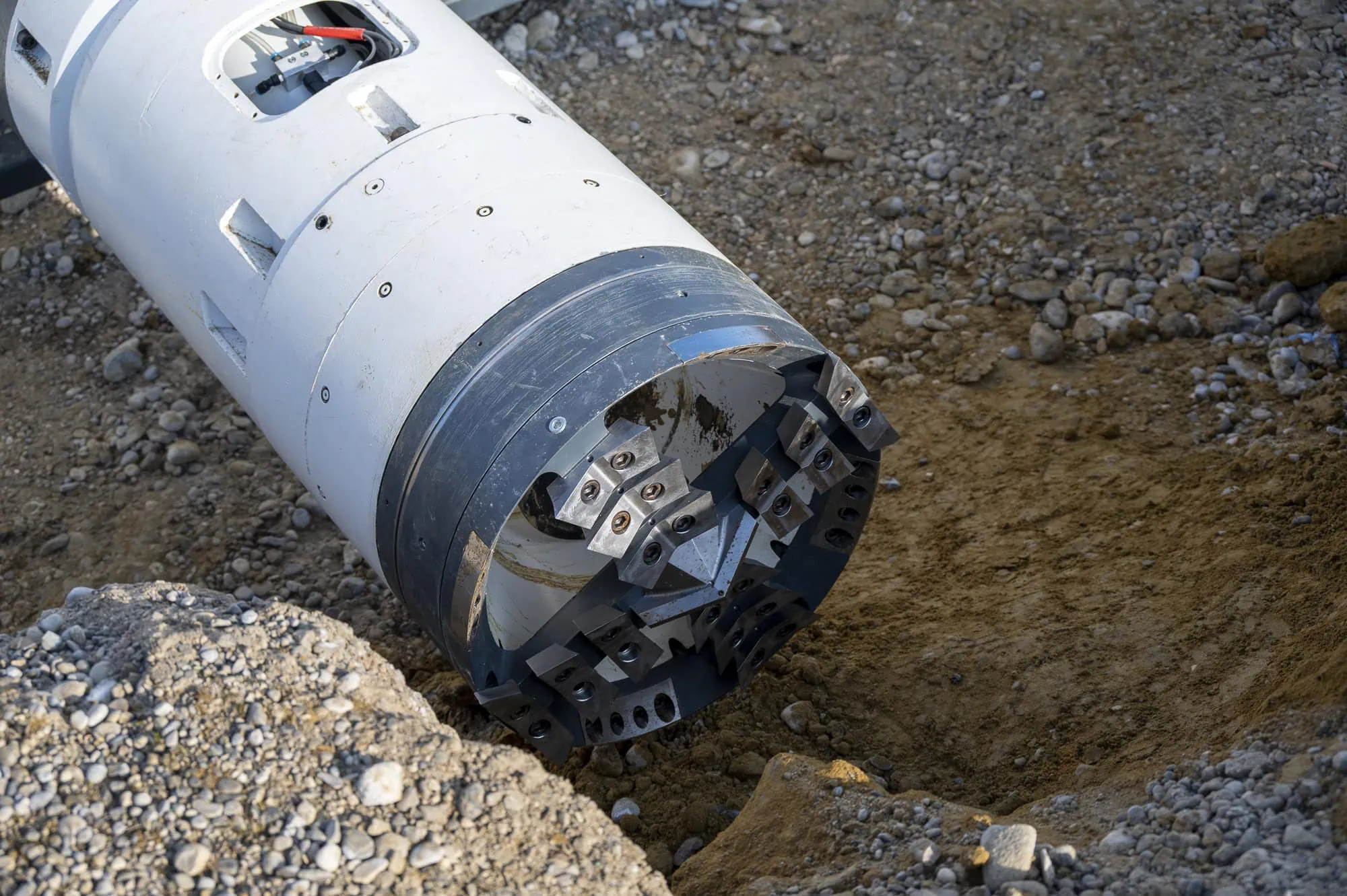
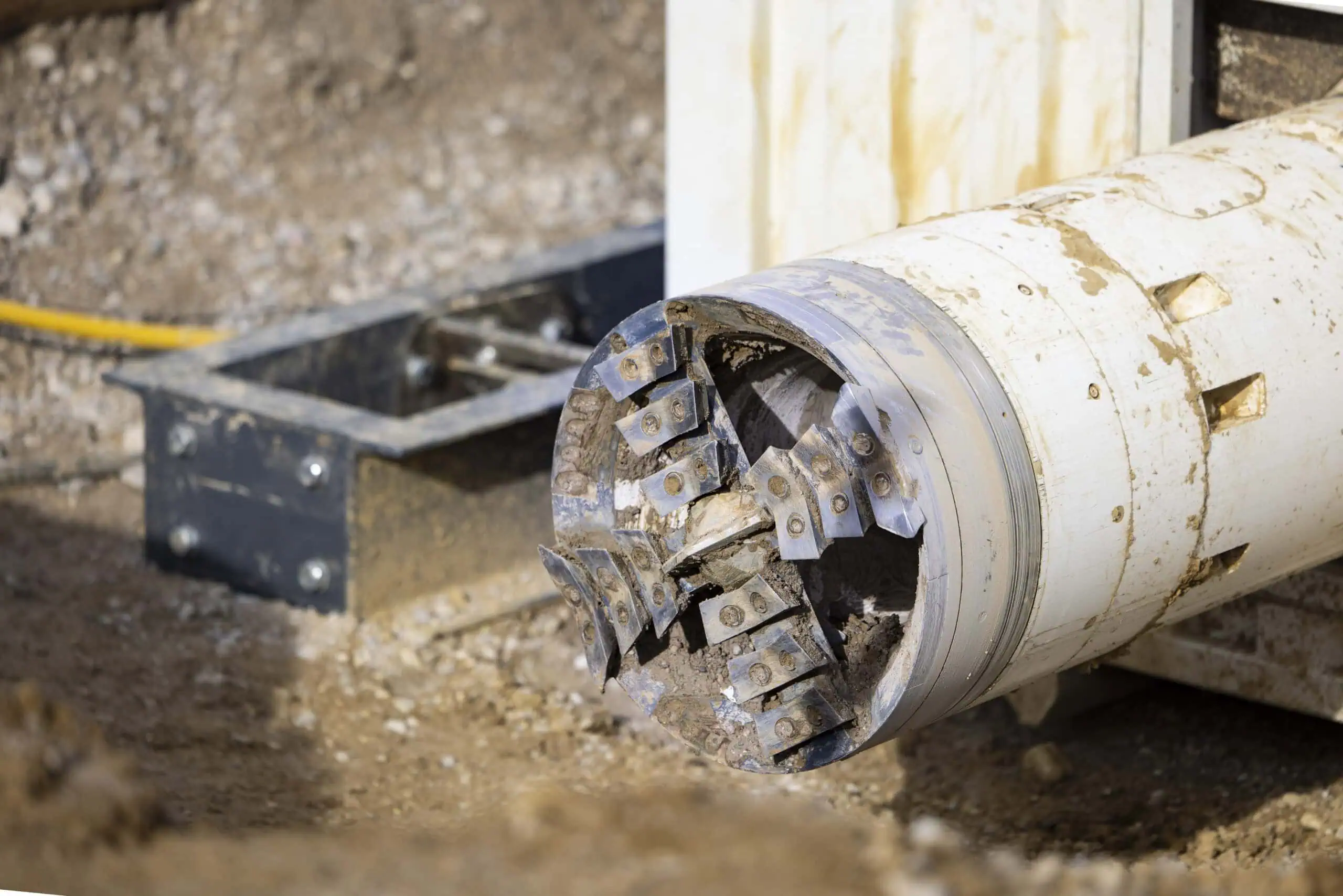
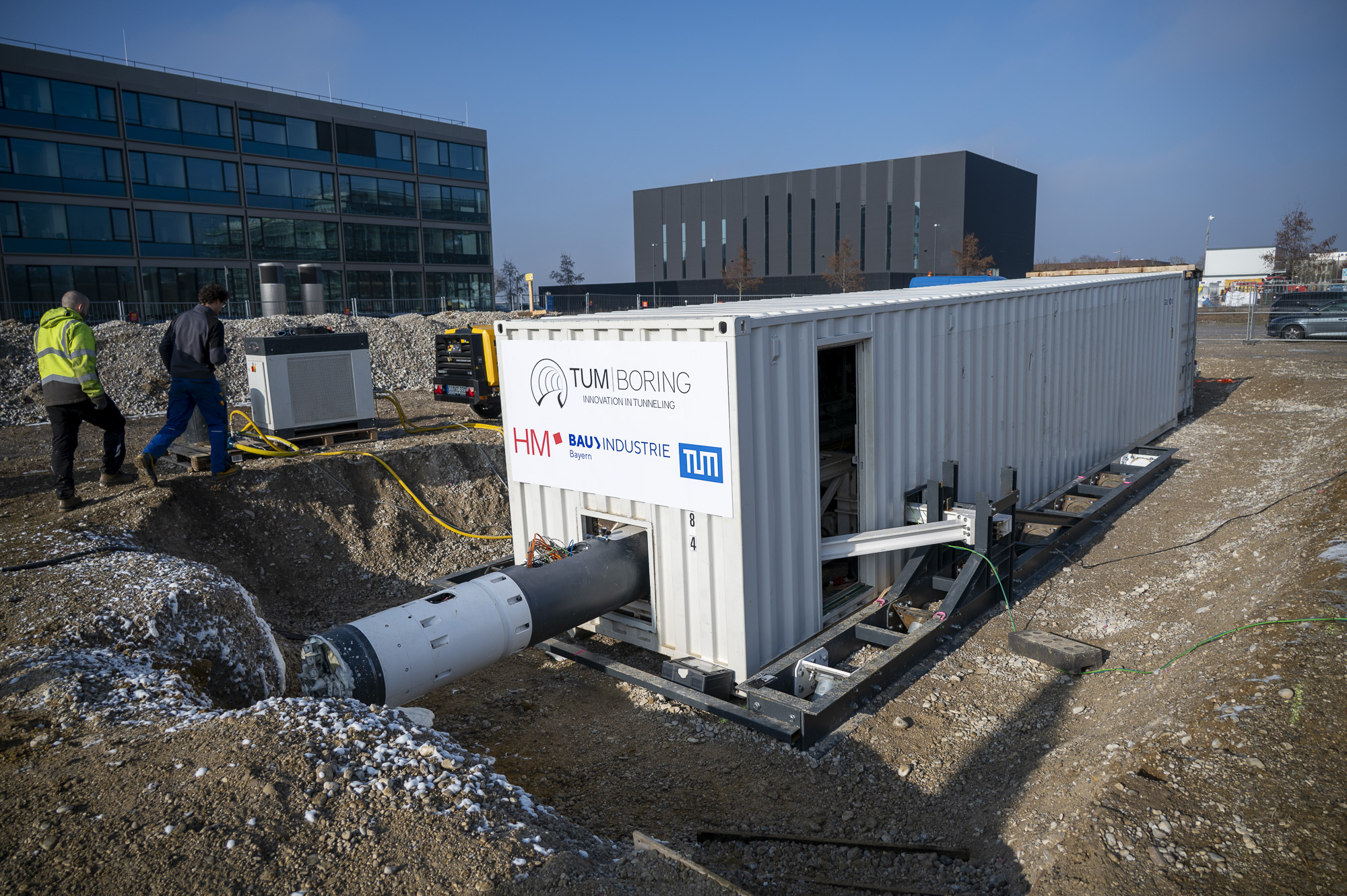
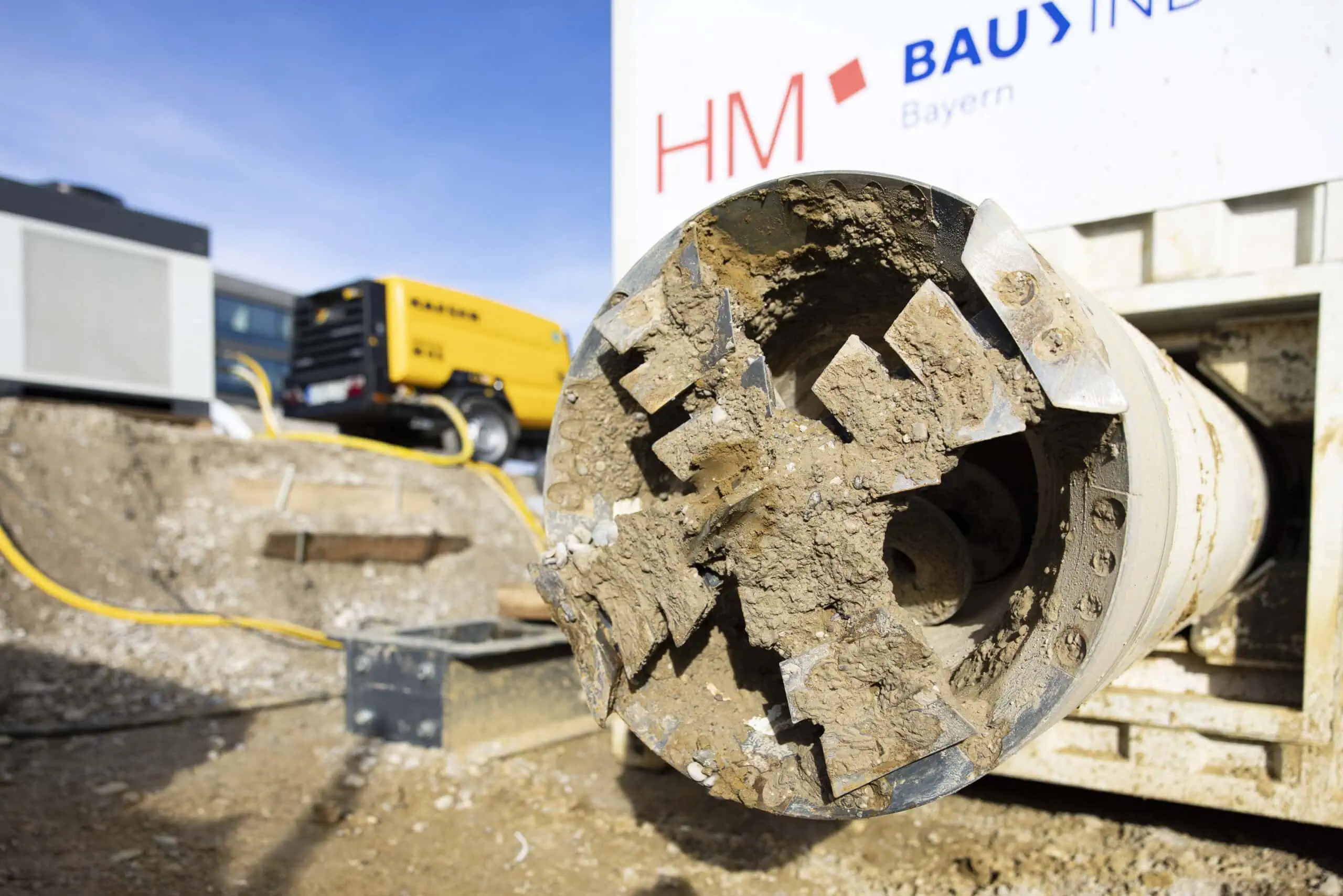
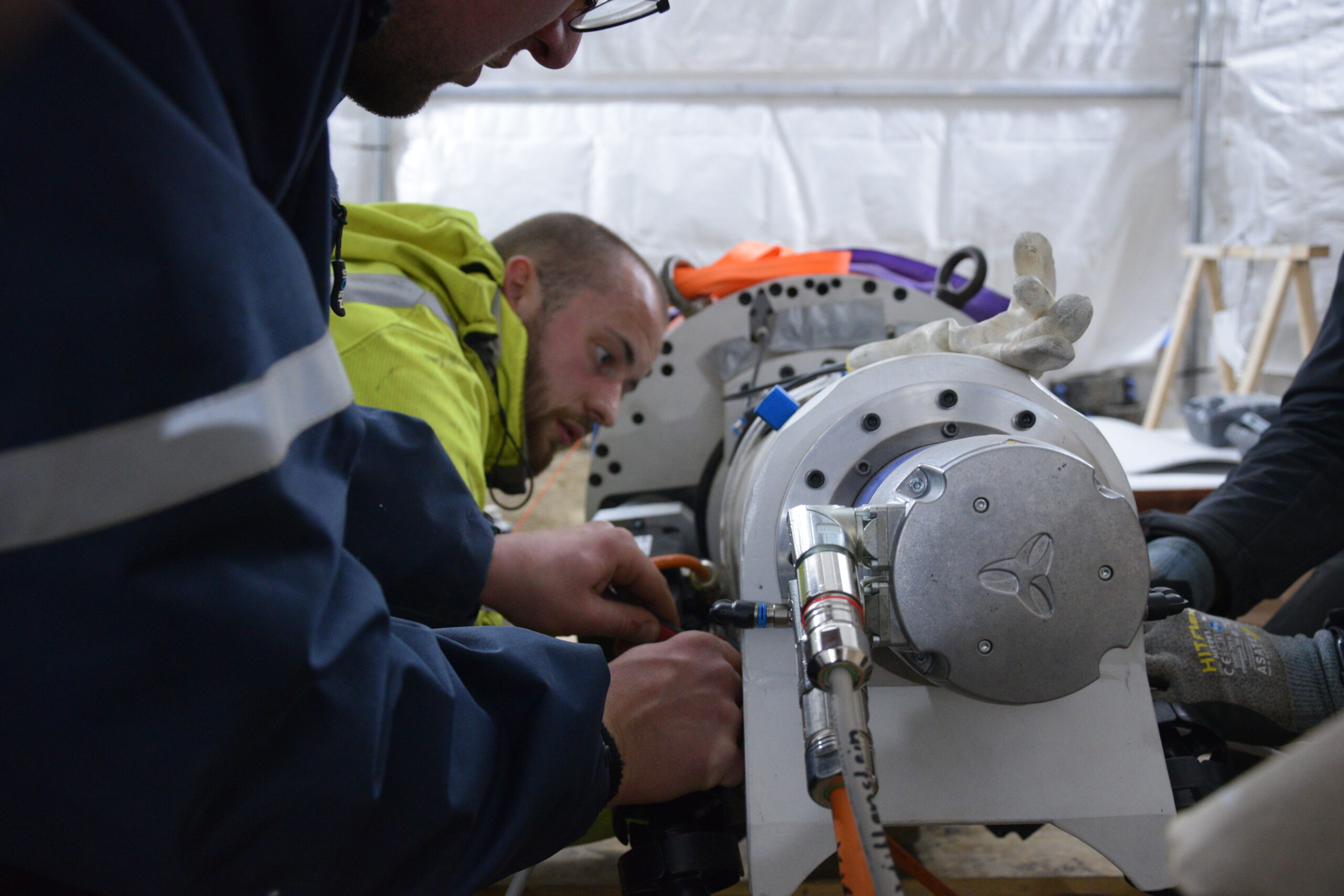
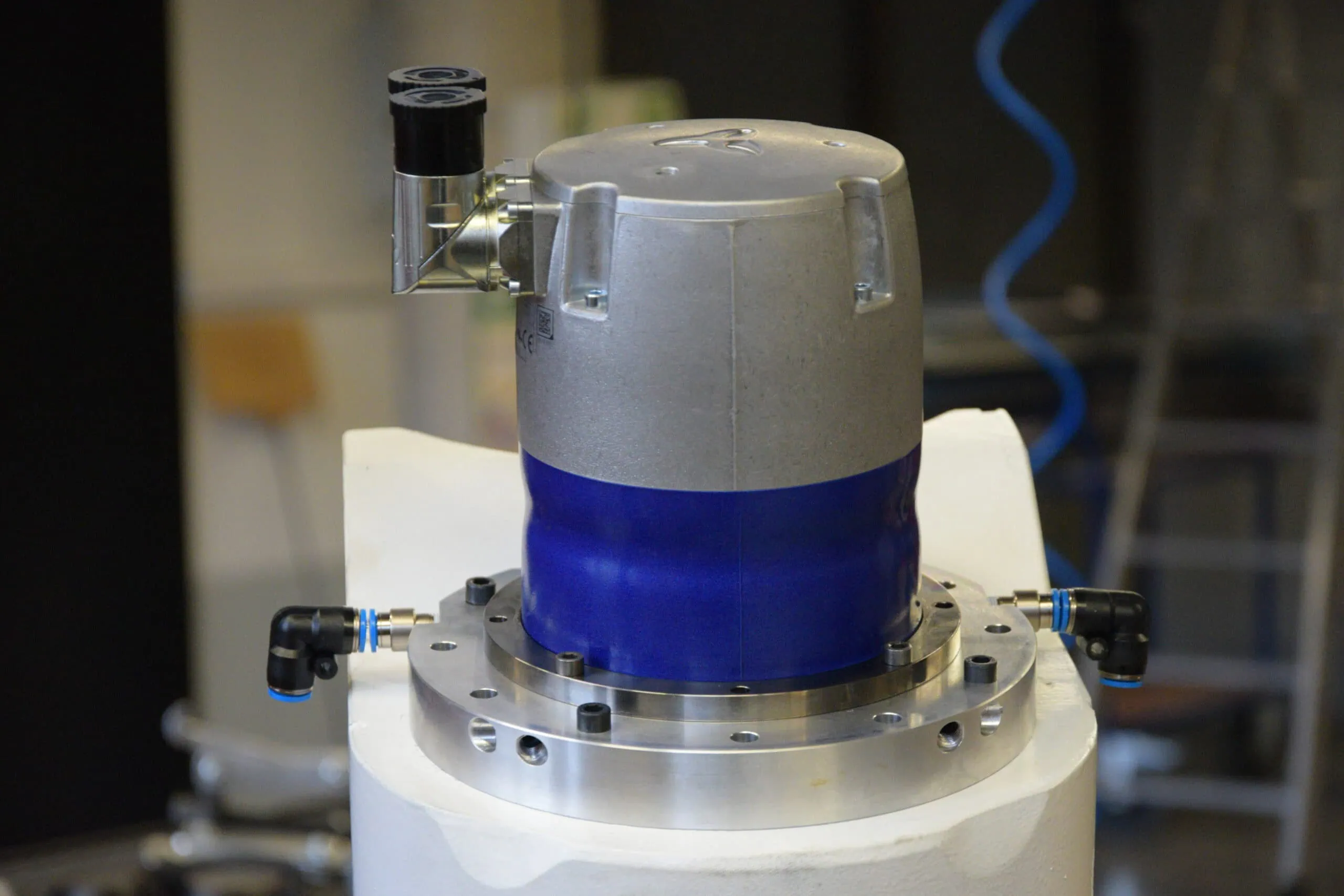
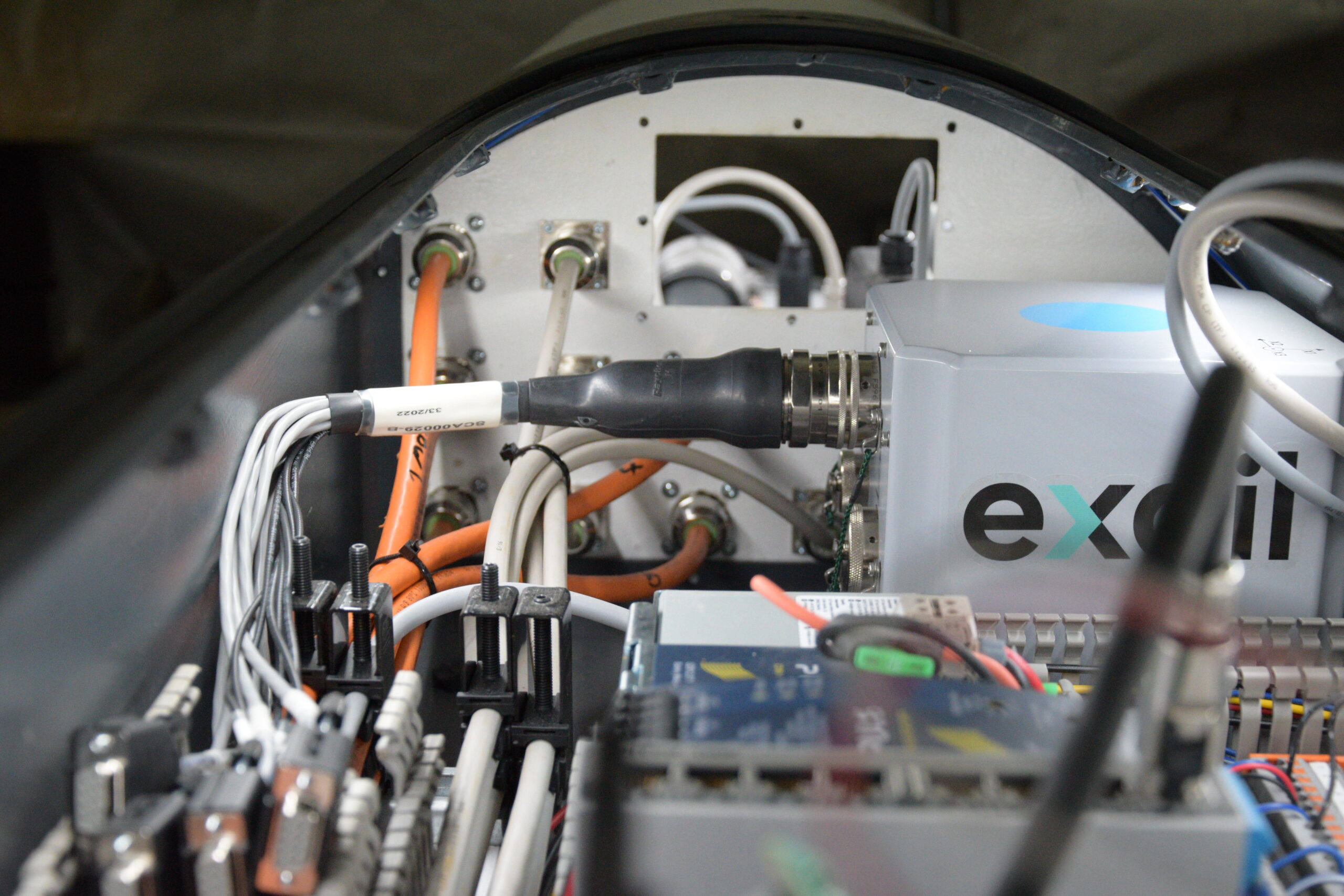
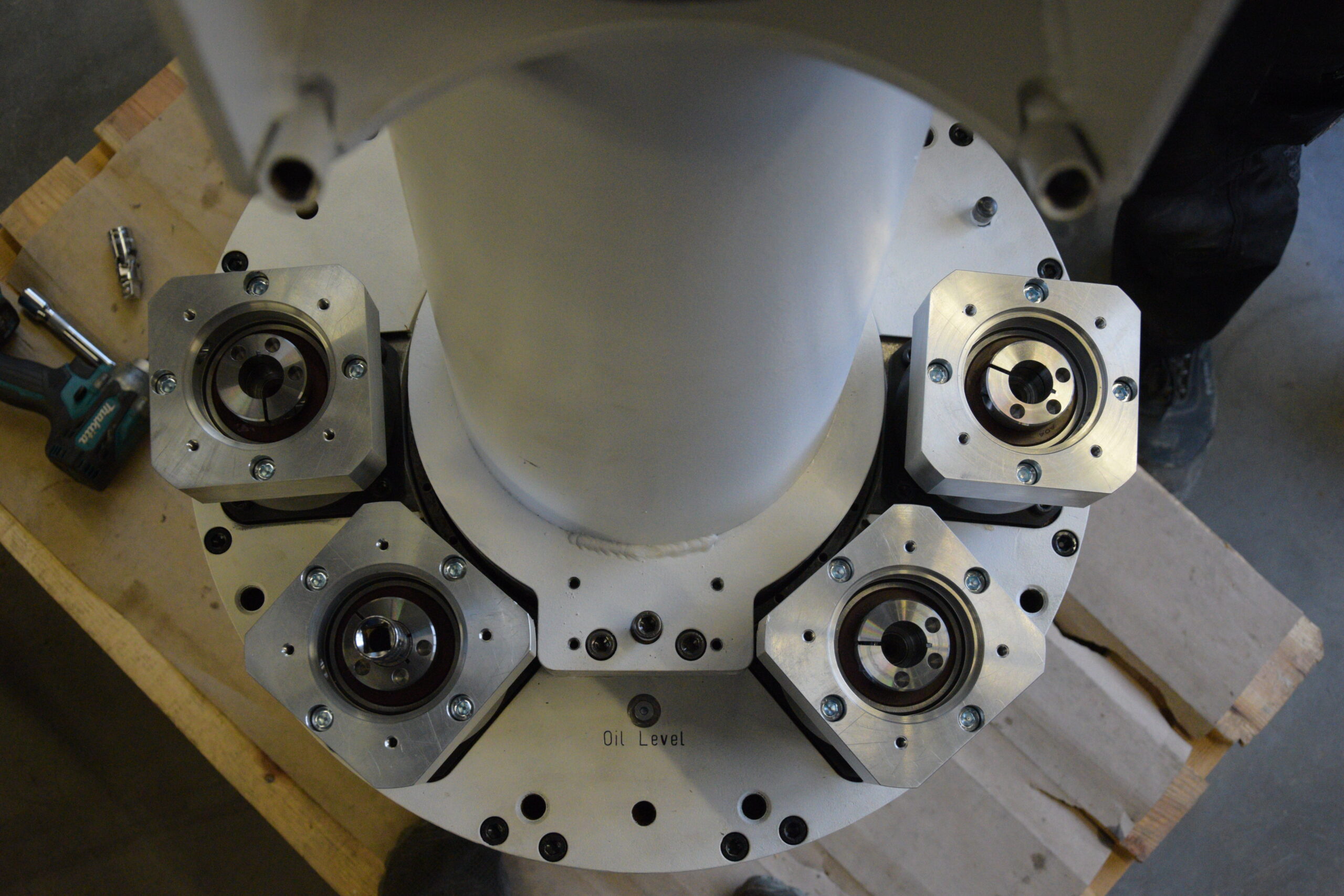
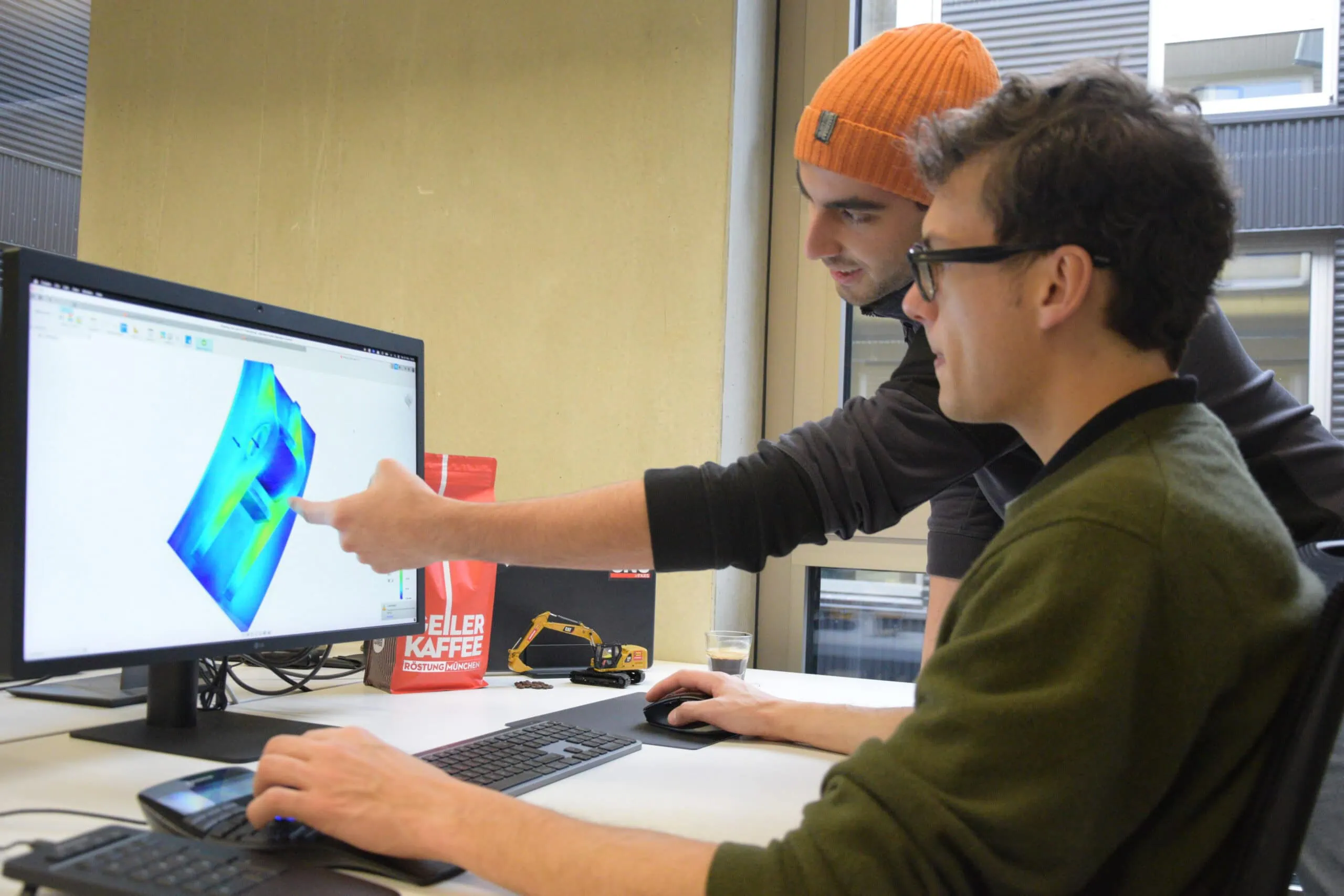
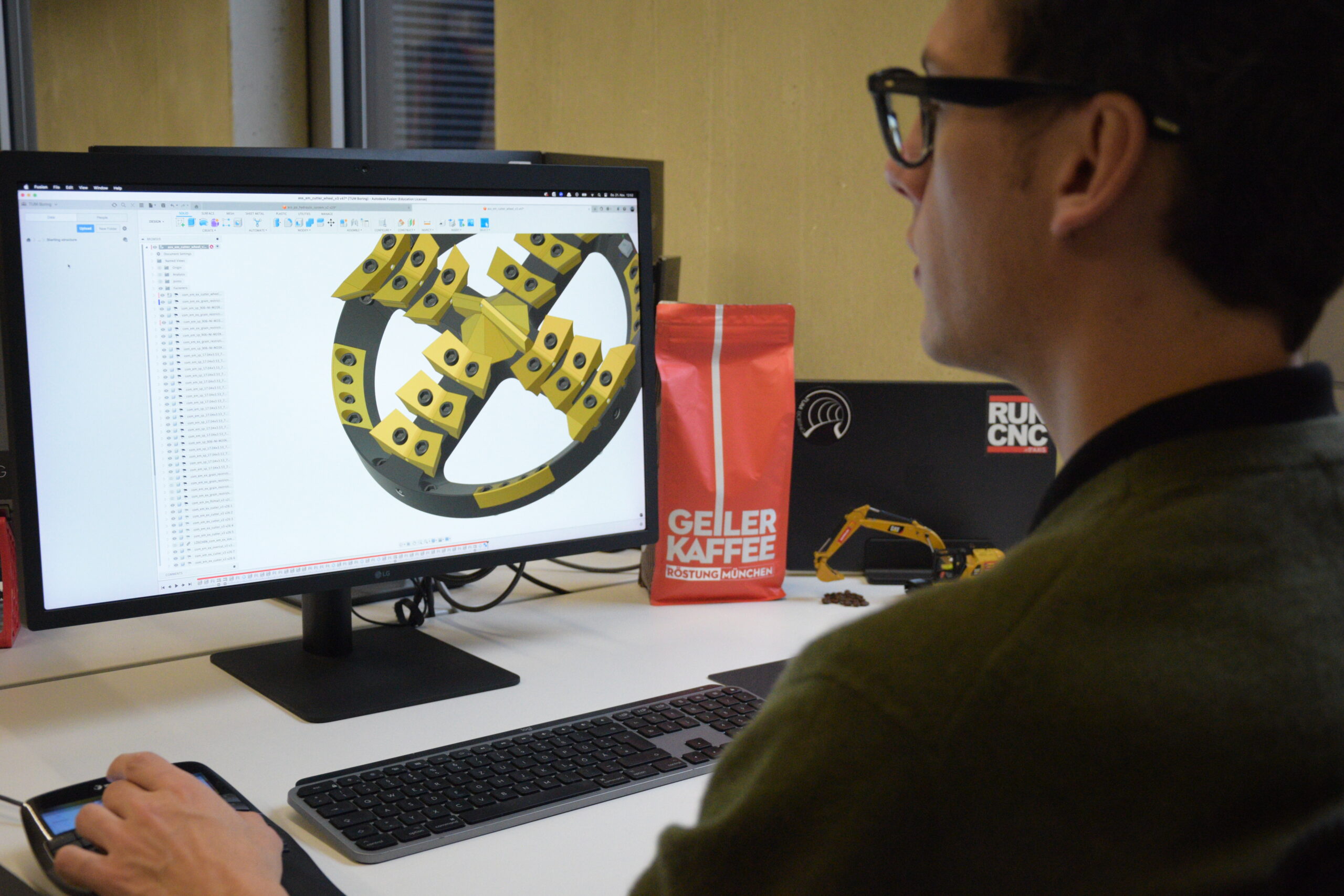
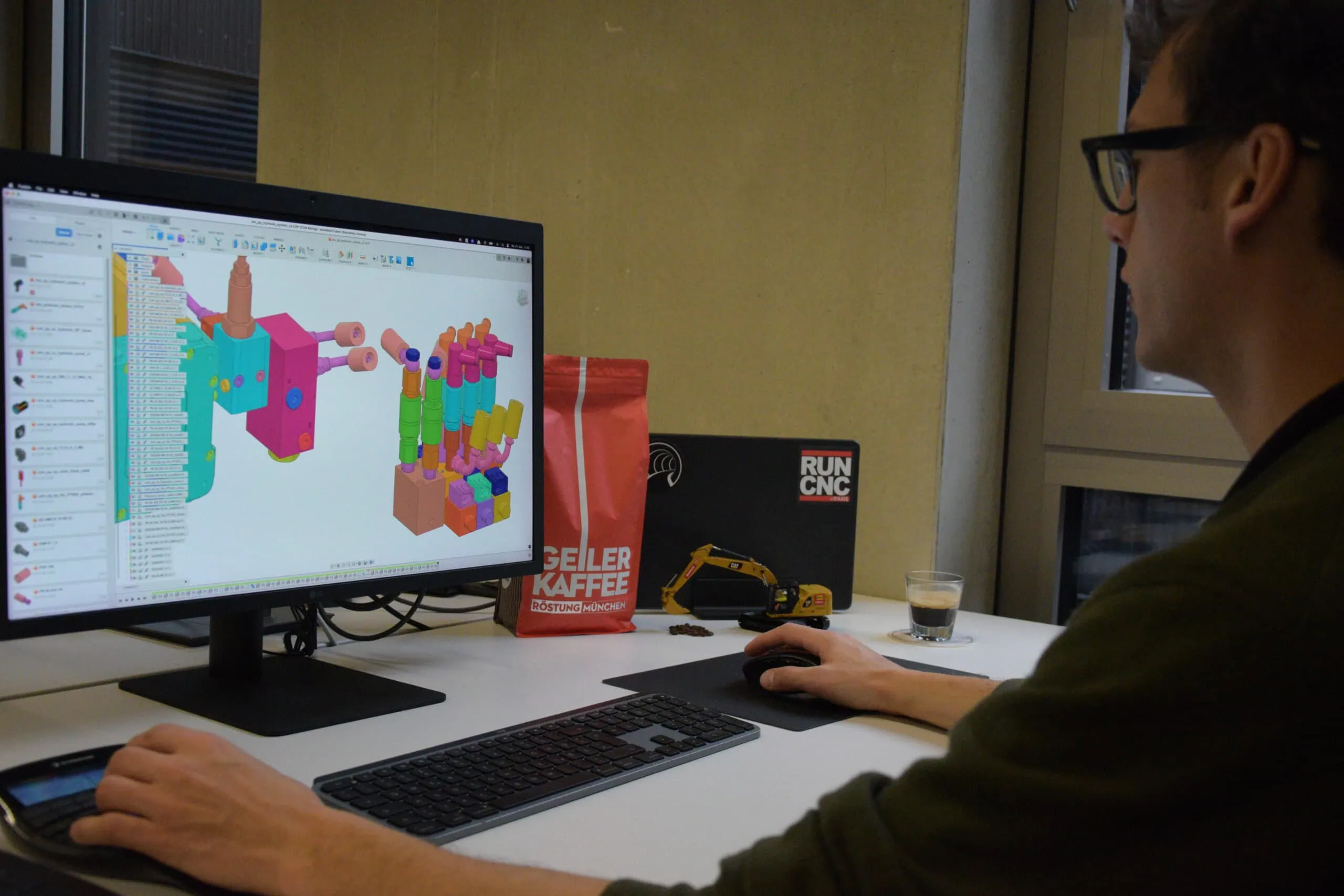
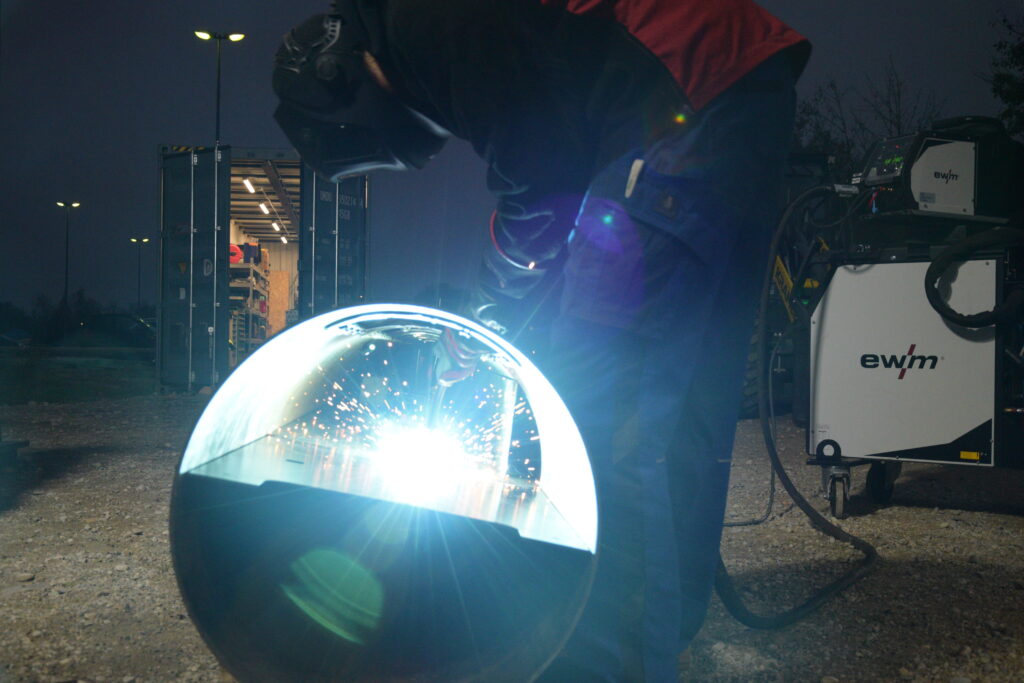
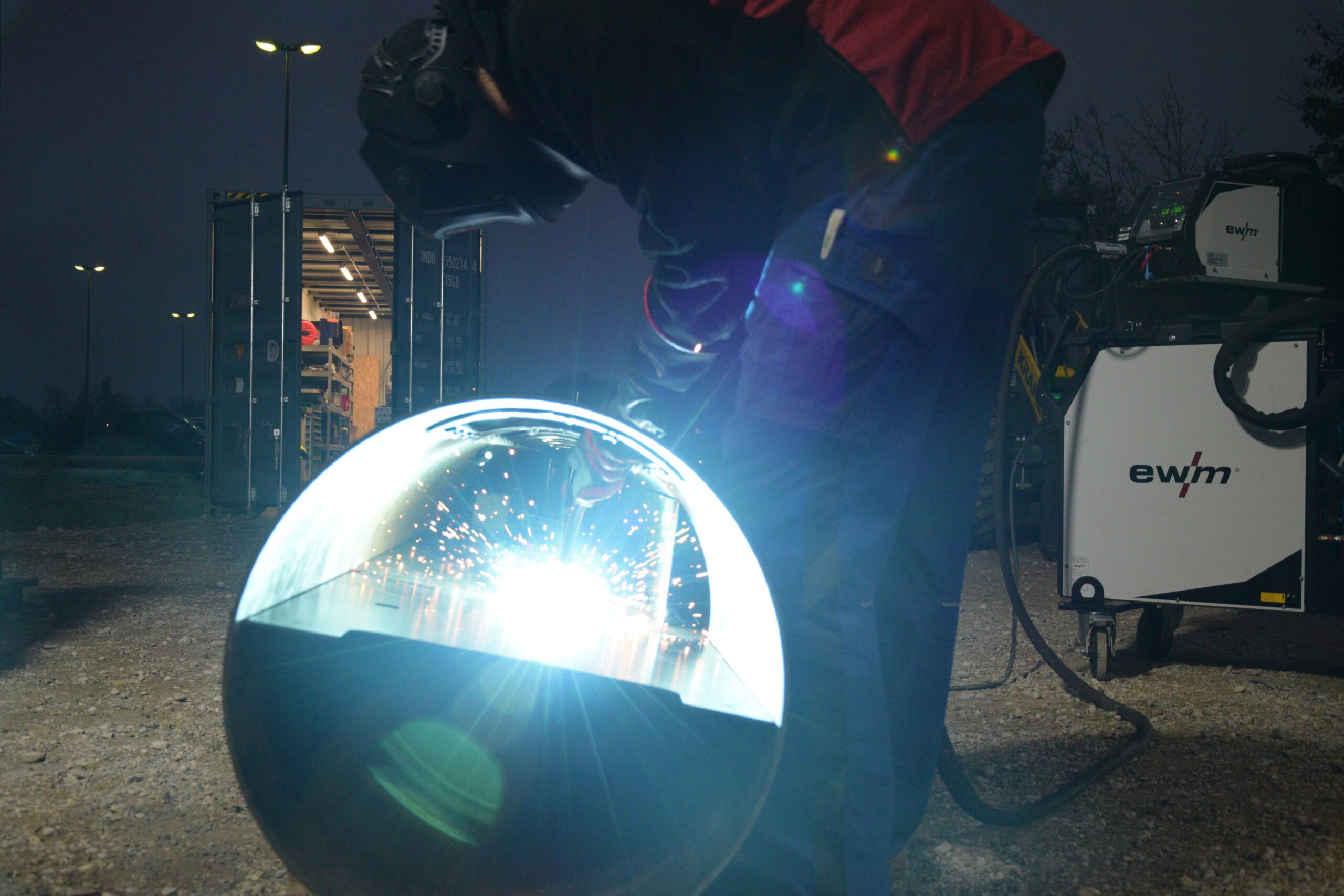
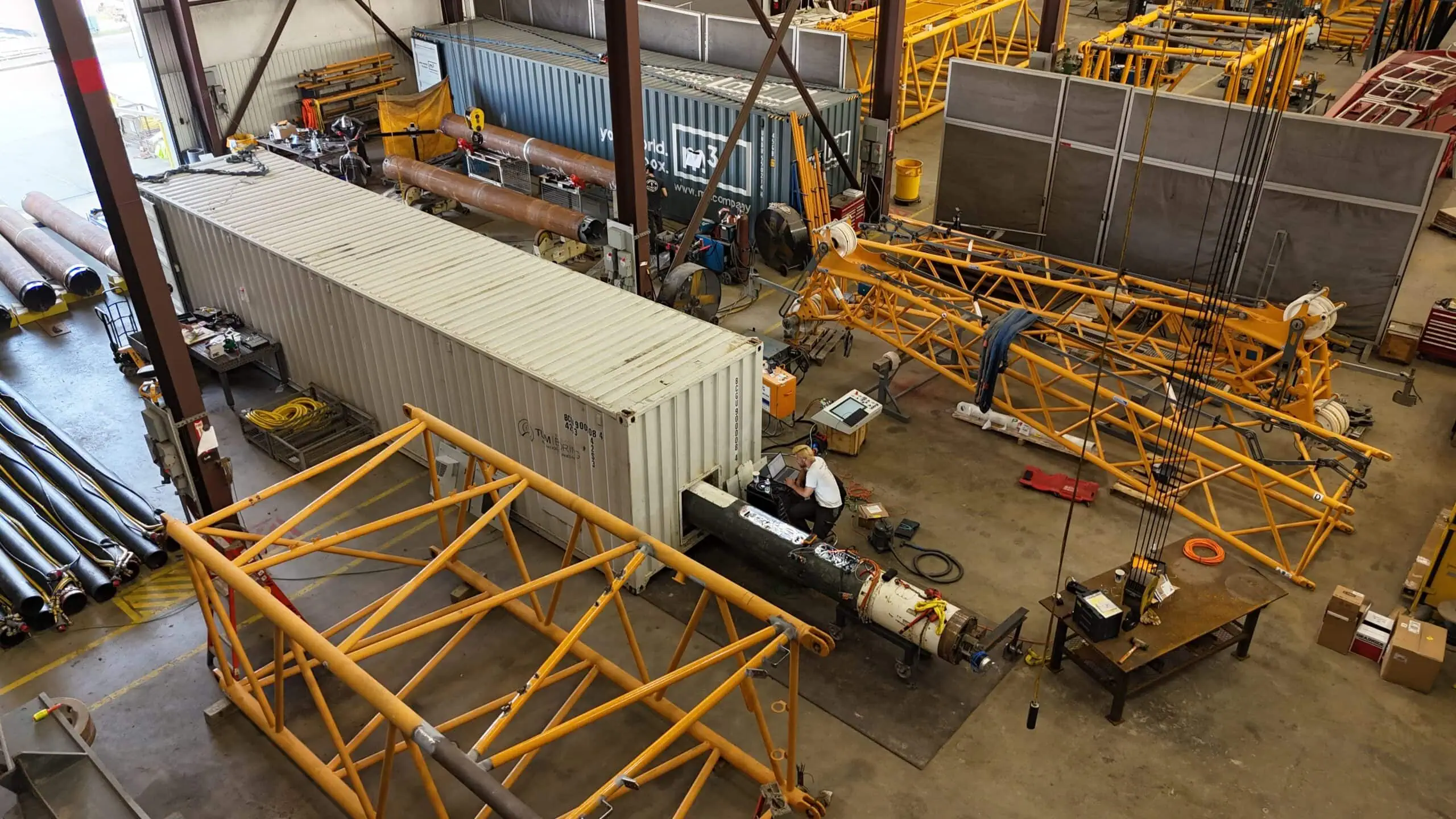
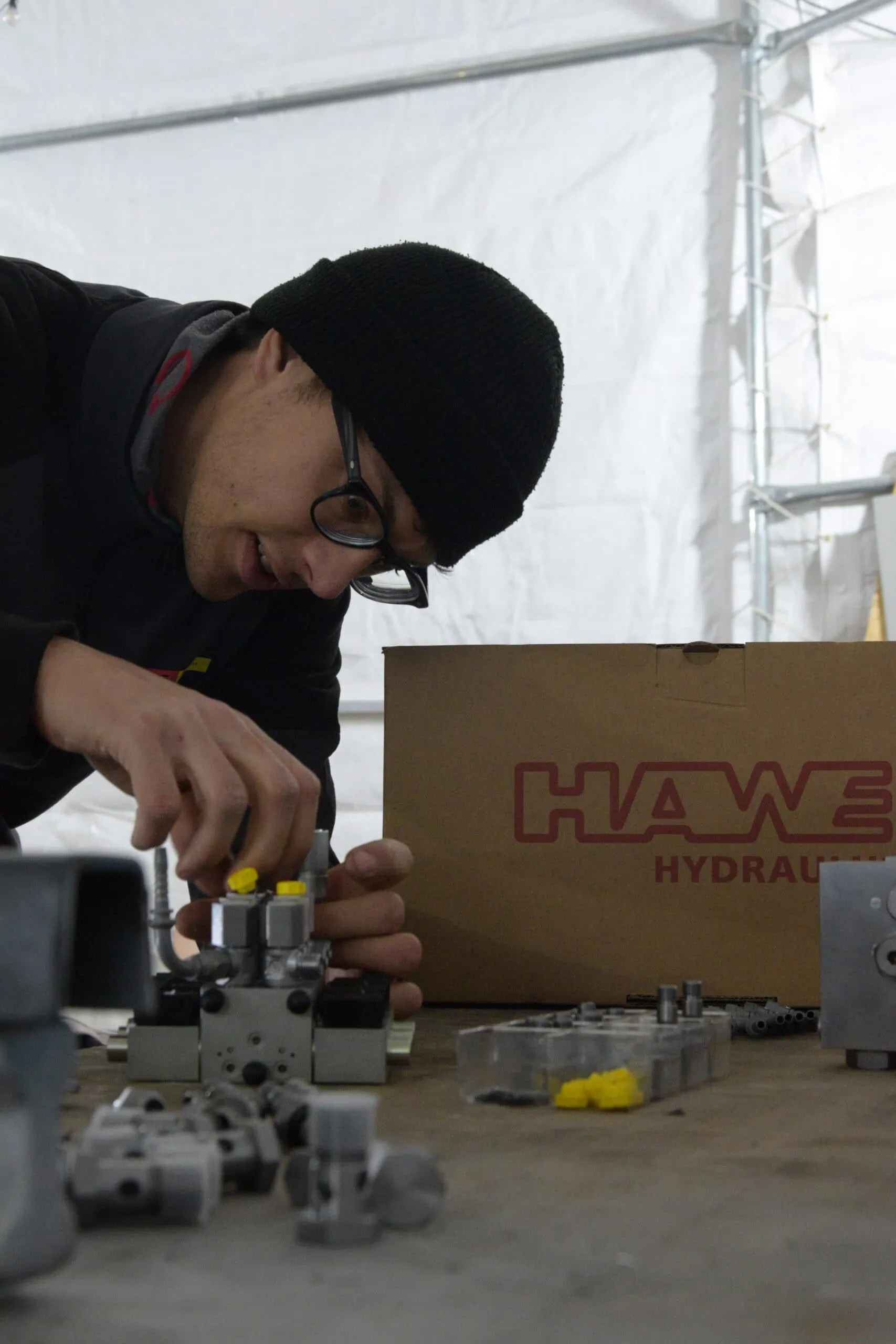
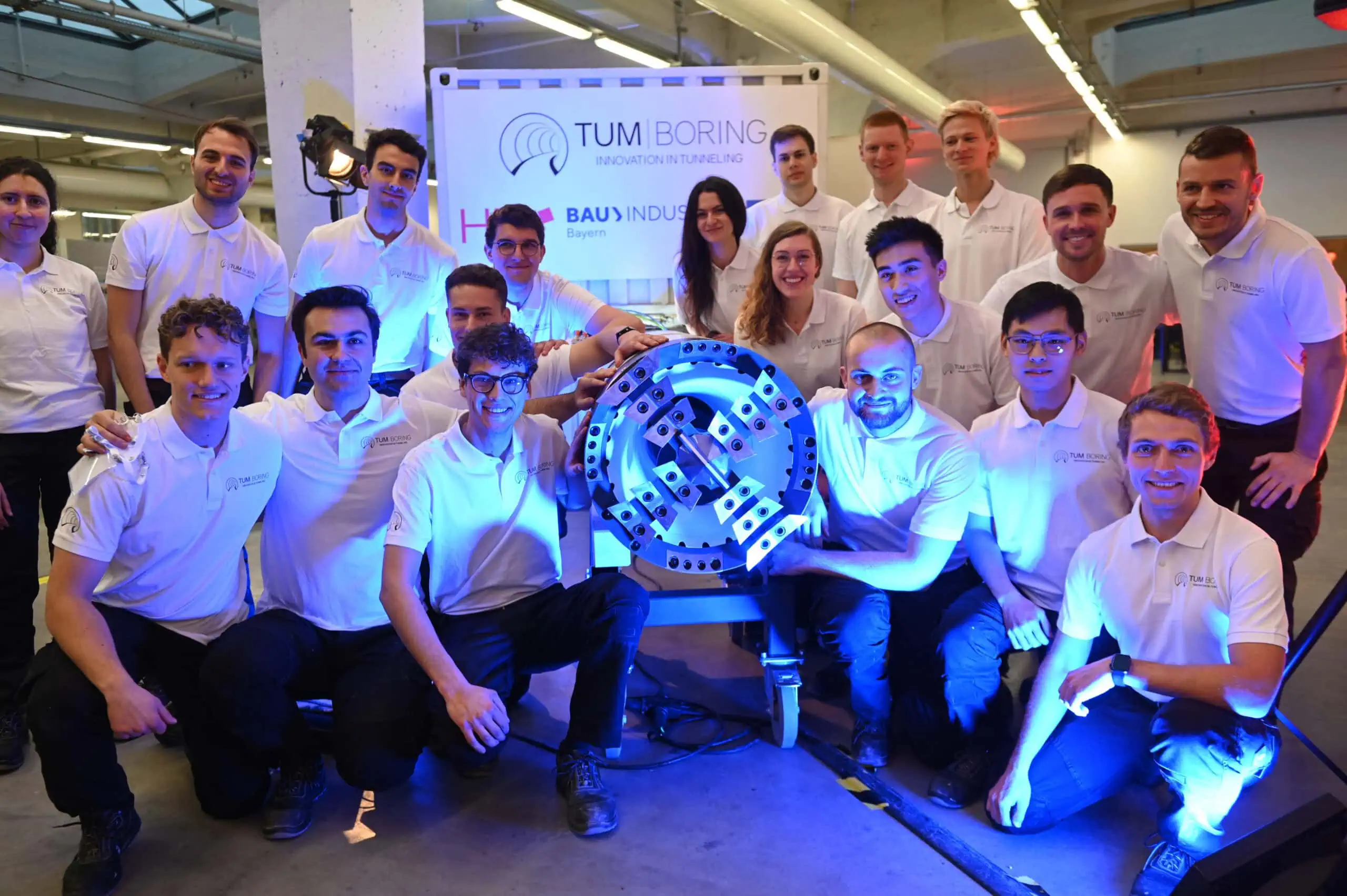
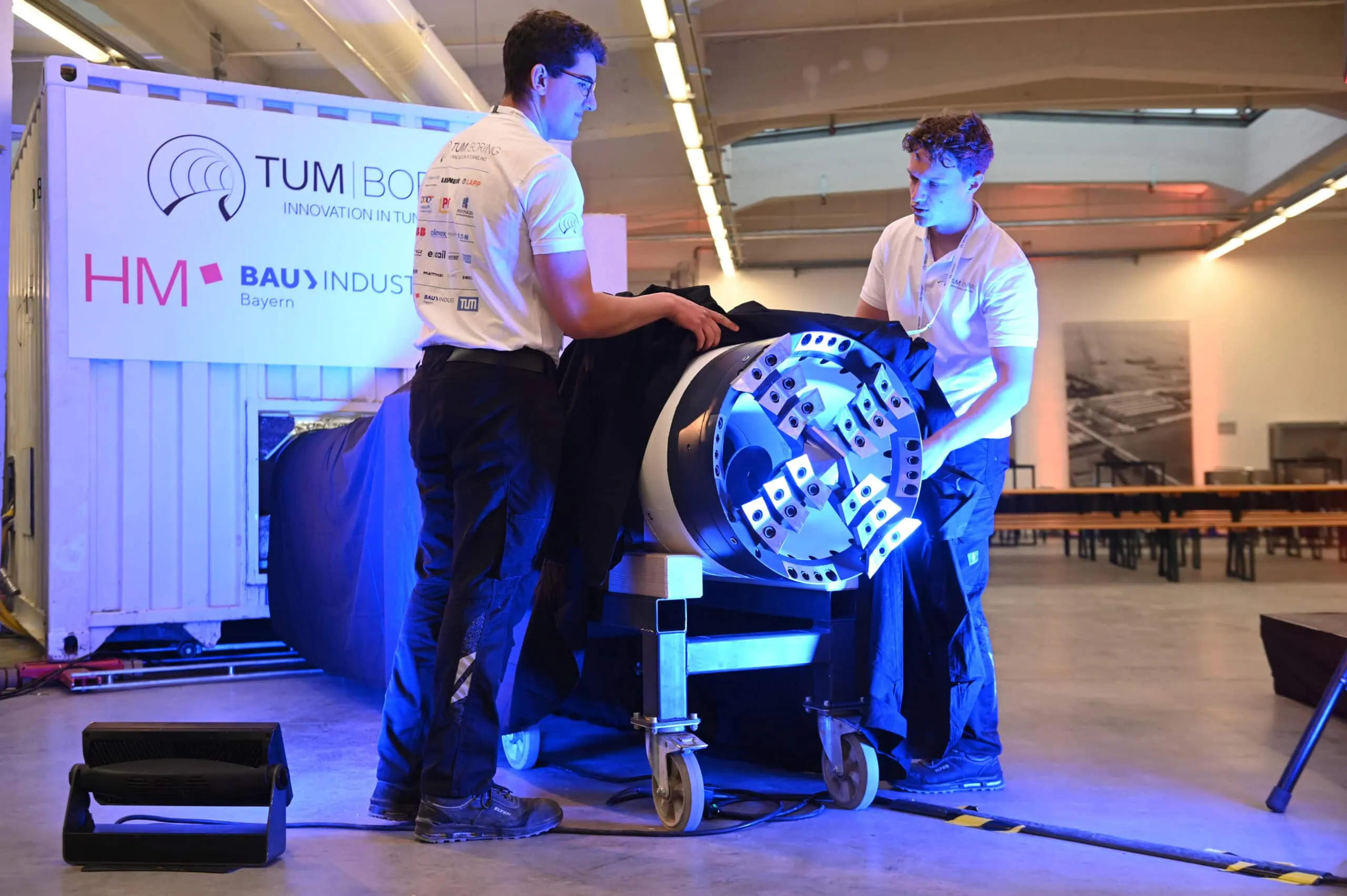
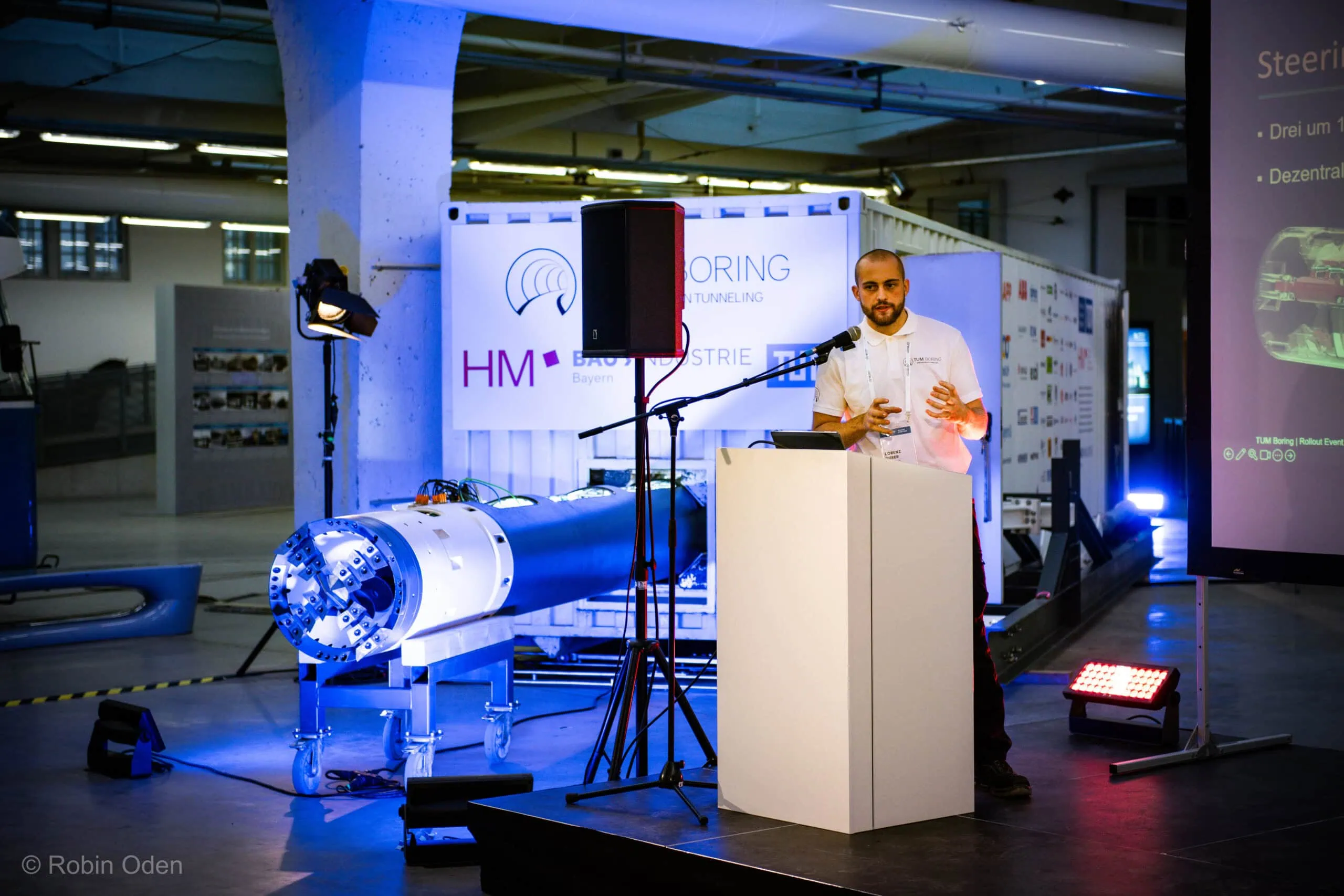
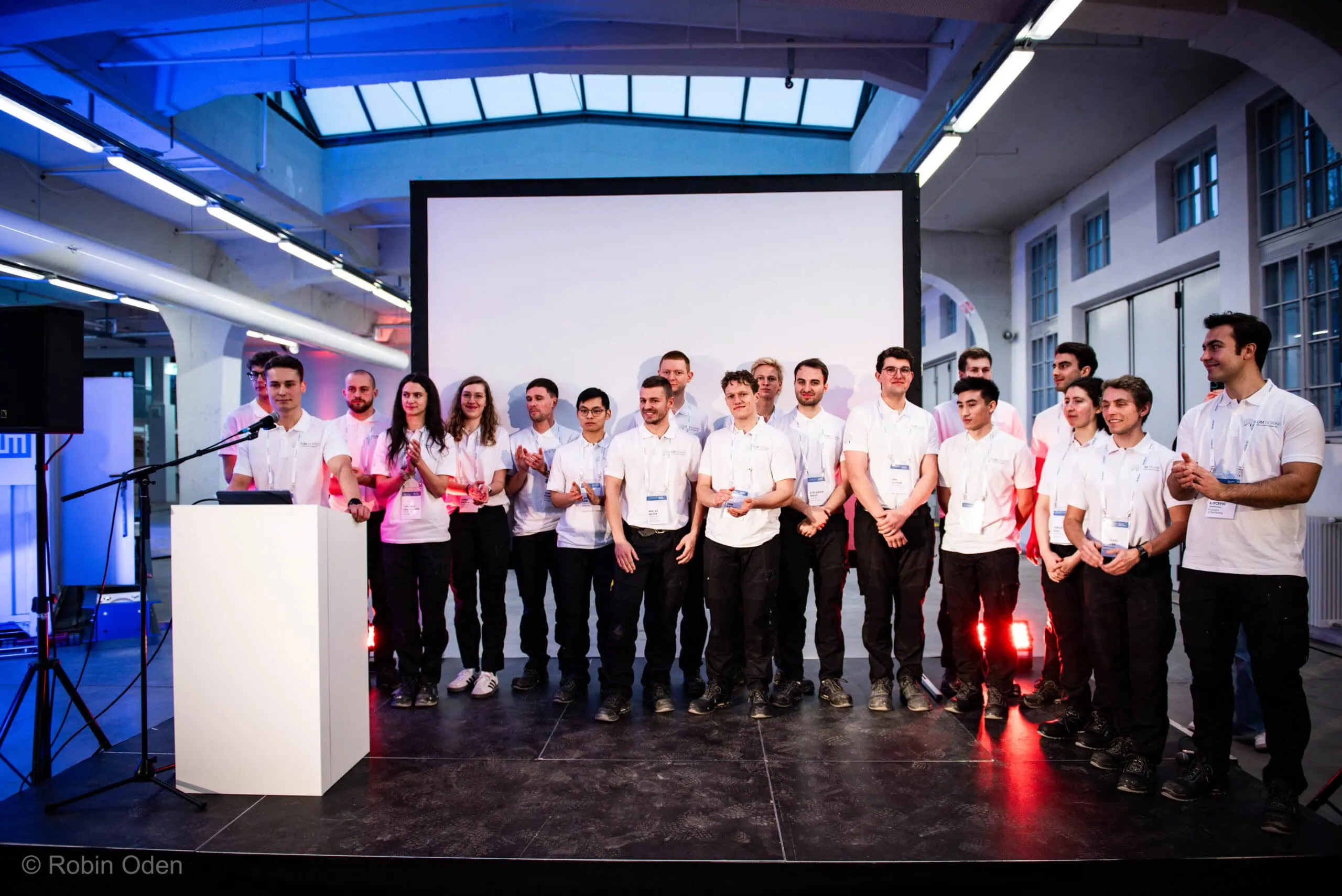
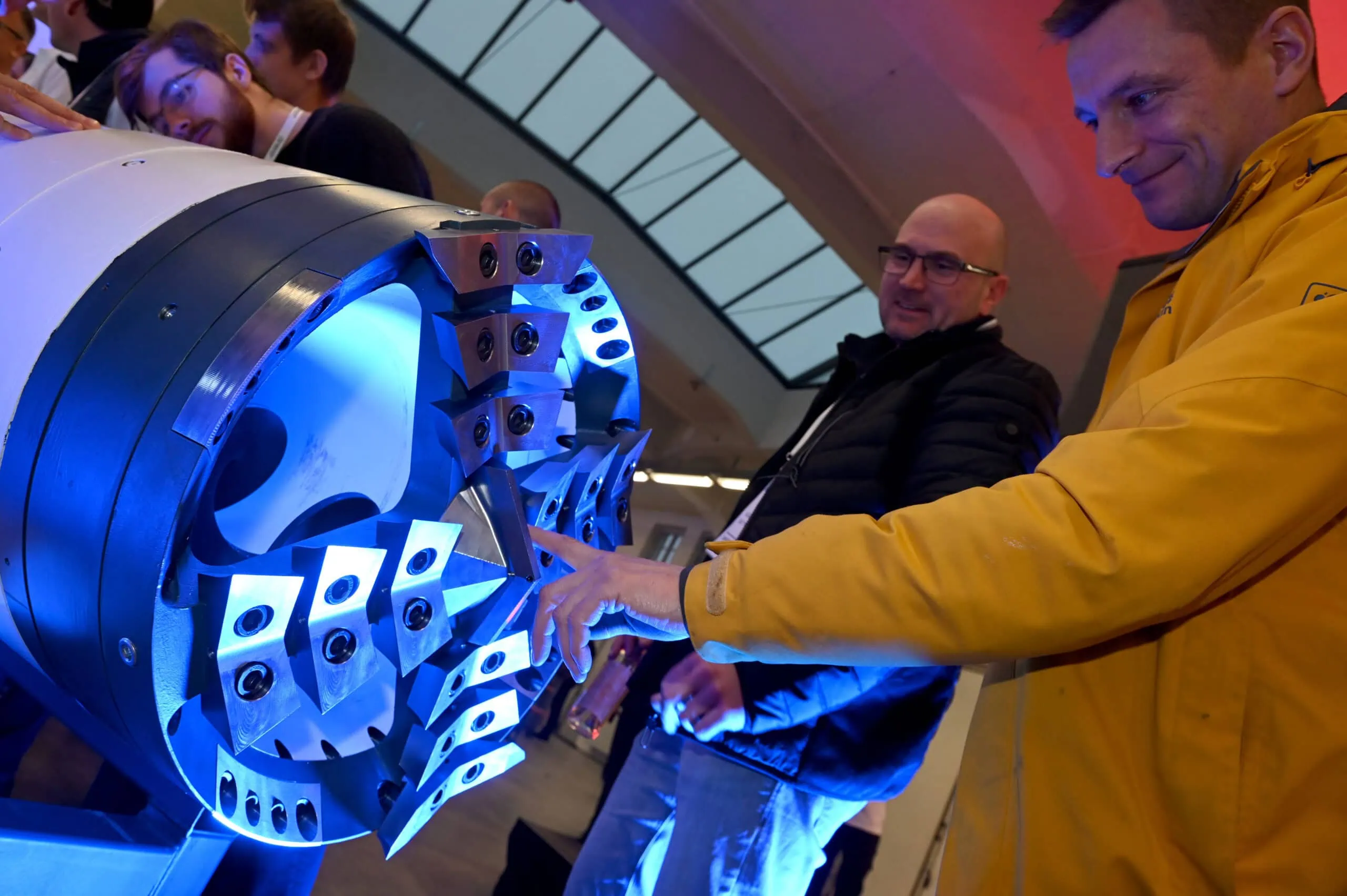

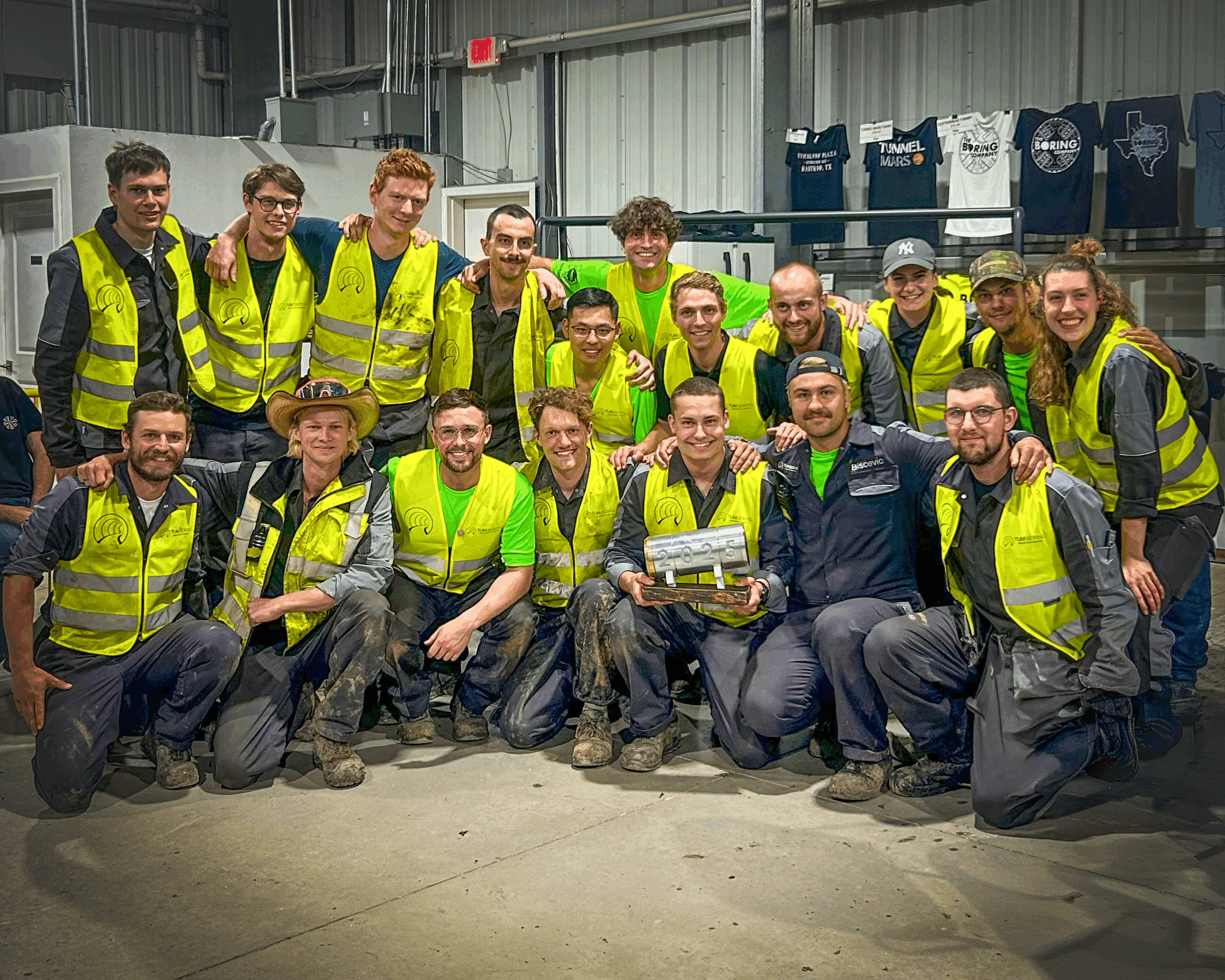
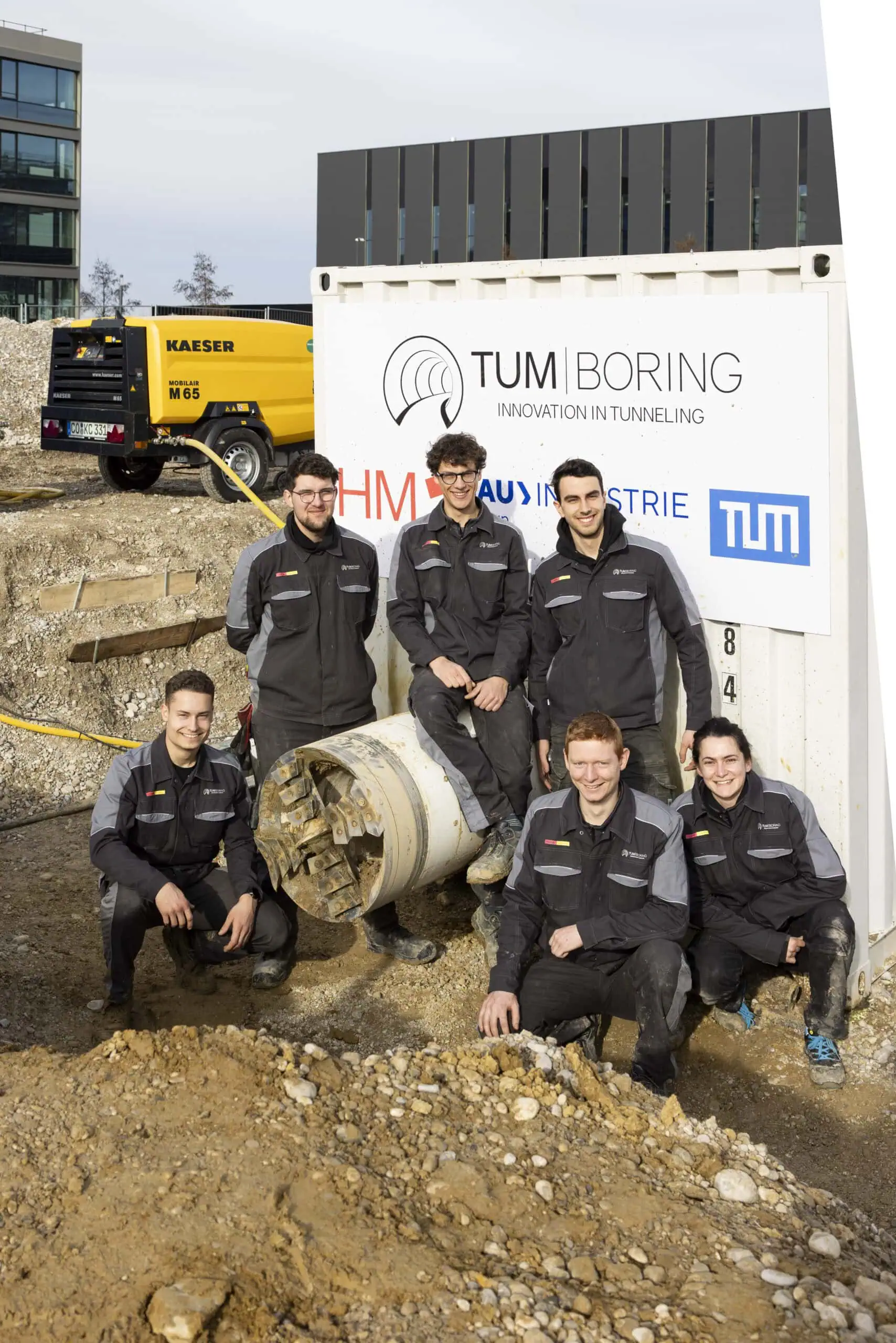
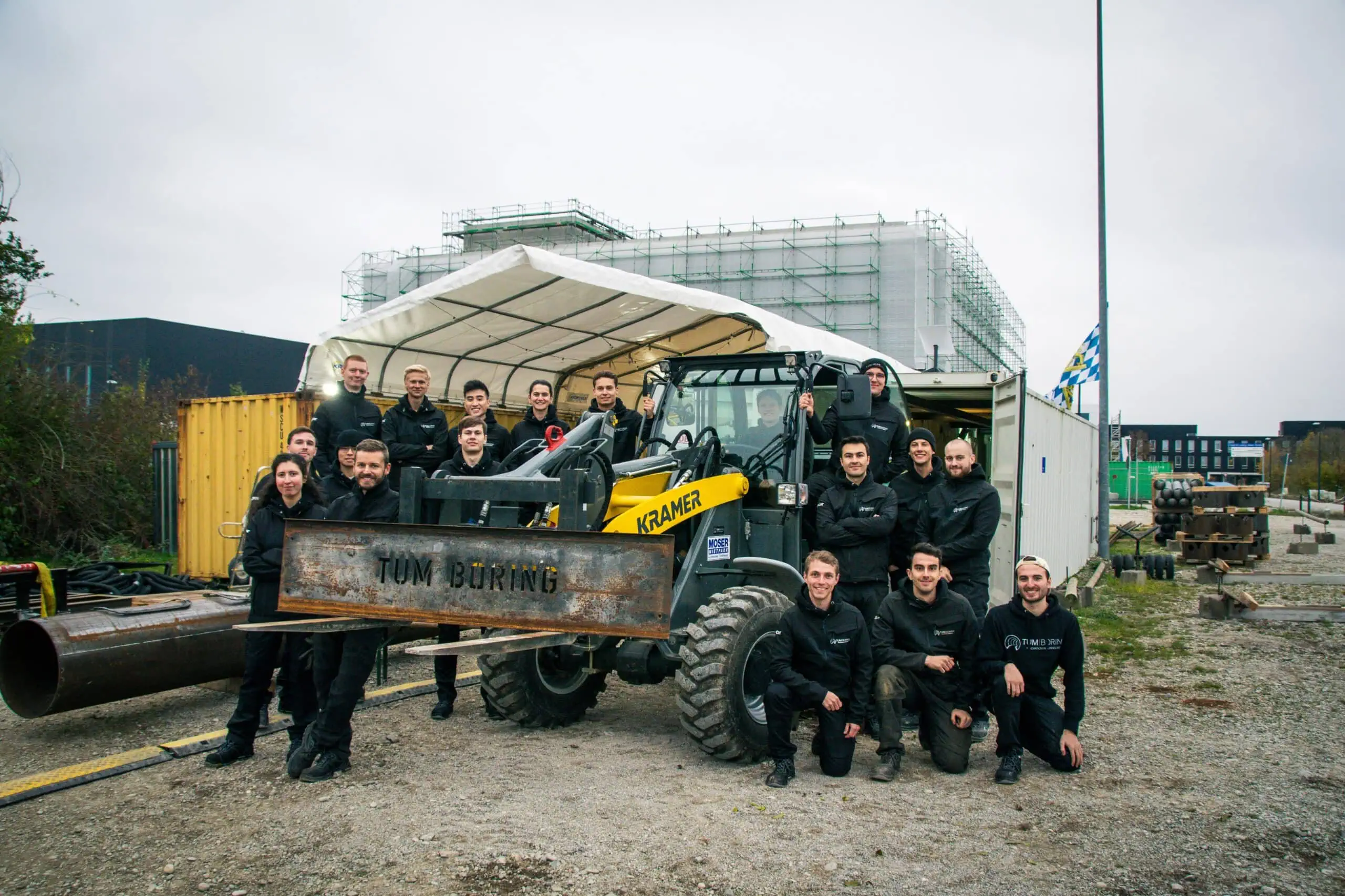

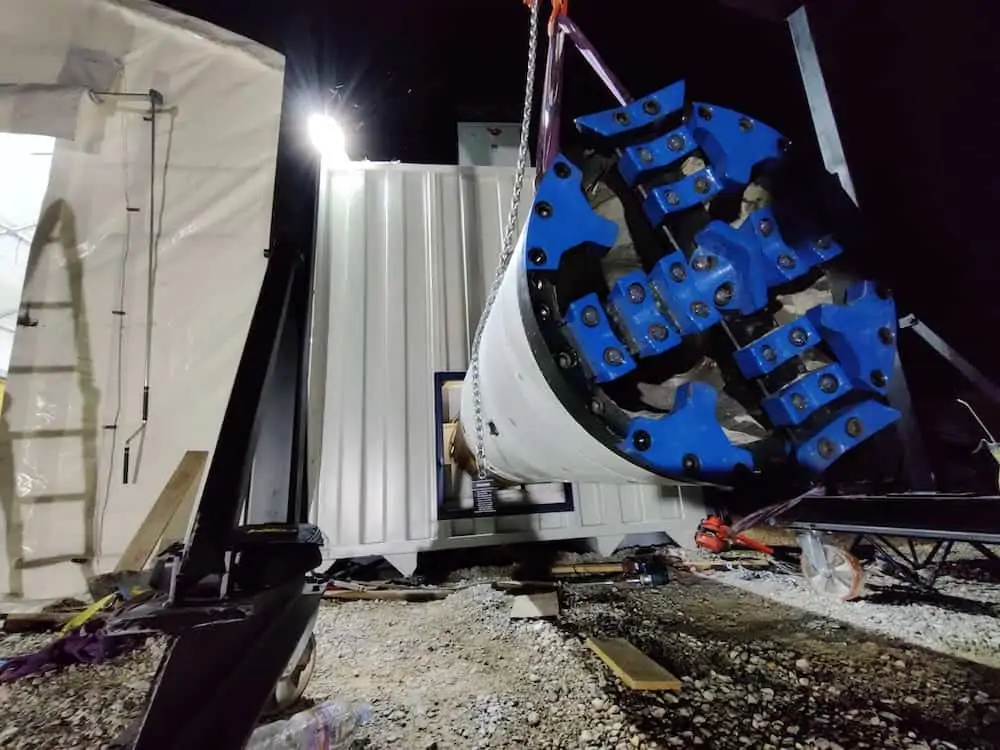

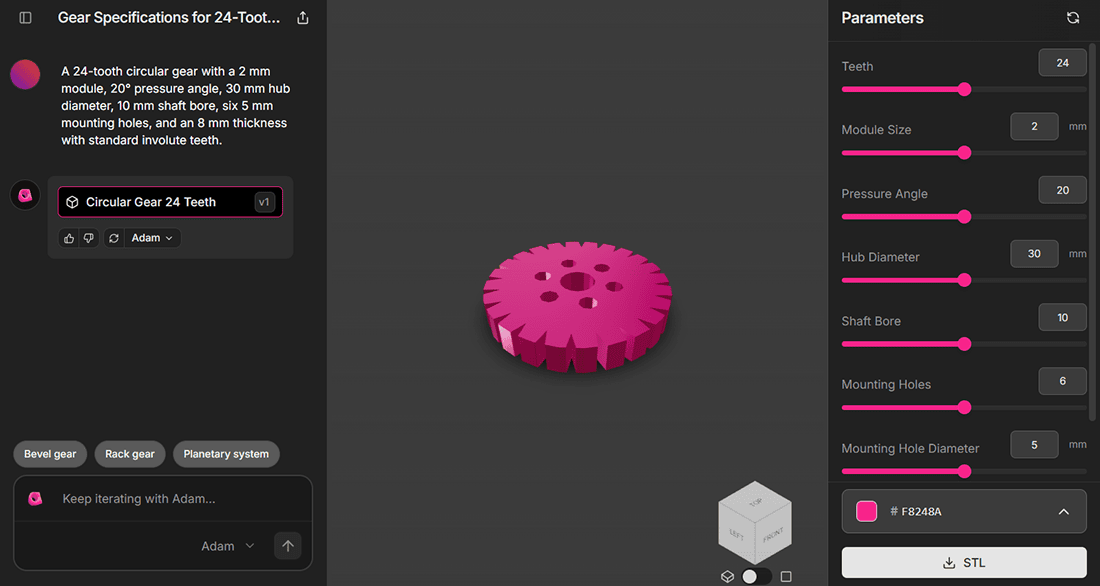

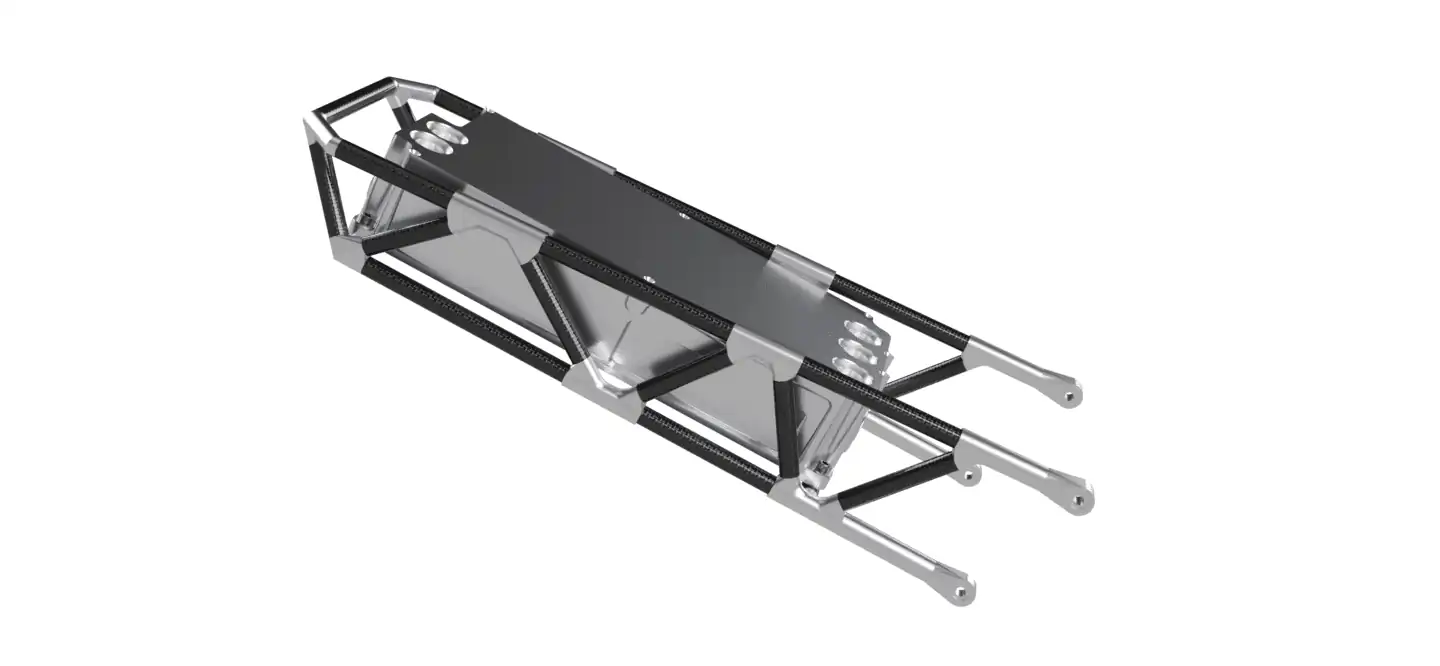
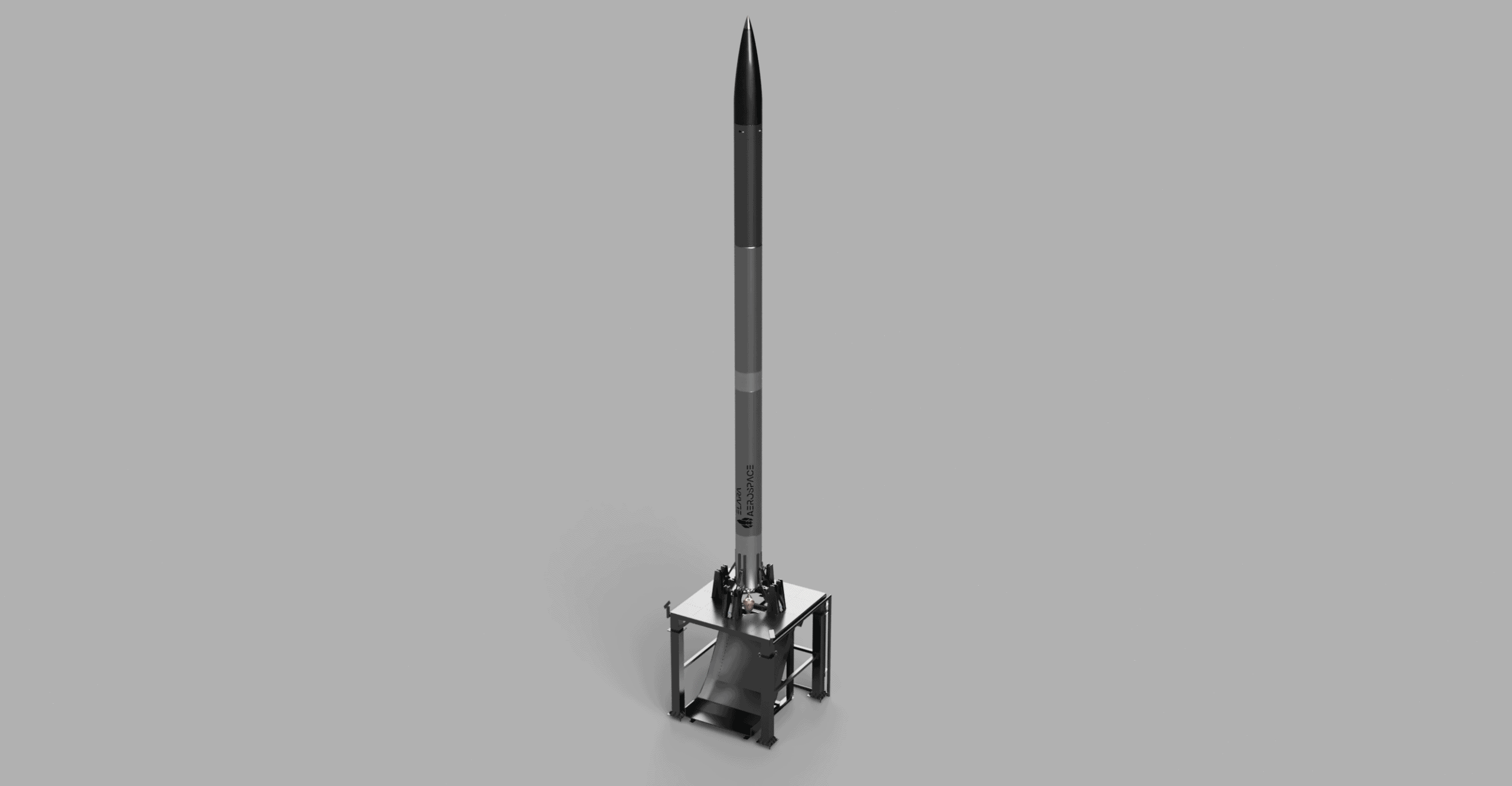


Comment(0)